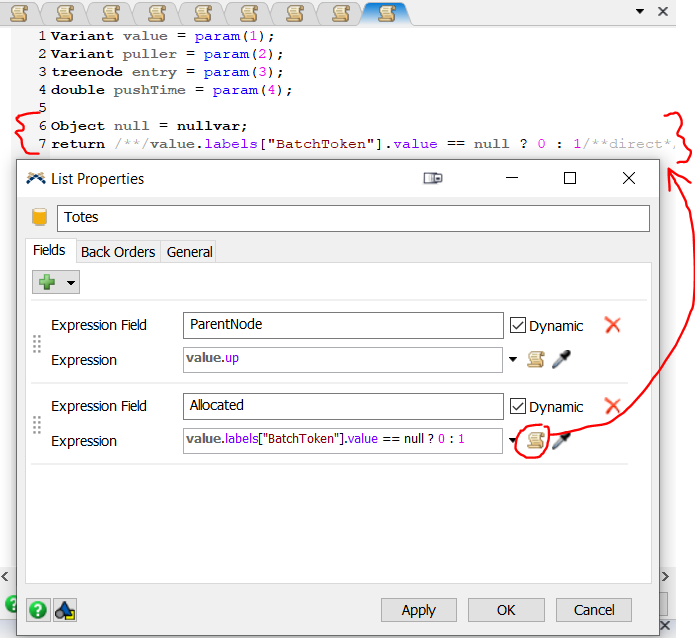My goal is to query an item list for all flow items that are located in a specific parent node.
If I knew the exact flow item in question, I could check this condition by:
- if(flowItem.up == parentNode){ //... }
However, I am searching a list of candidates, so I don't know the specific flow item yet. I have seen elsewhere that some search protocols allow something like "candidate.up == parentNode" to allow a function to be executed on candidates during the search, but I can't find anything like this for FlexSim's SQL search functionality. Is there a way?

